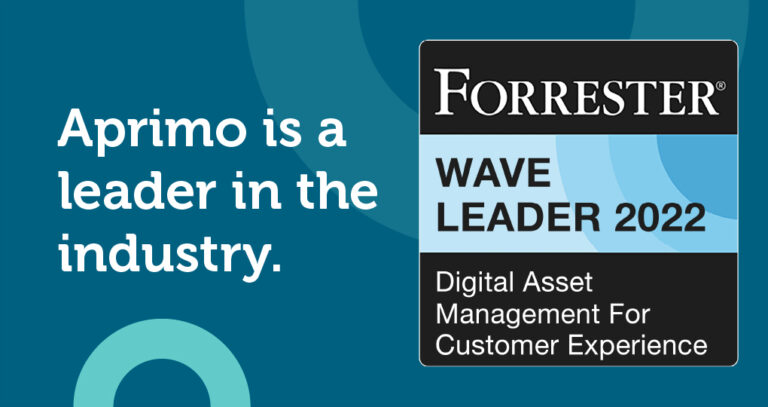Content Scaling: Everything You Need To Know


The best modern digital marketers are everywhere at once, reaching buyers with a meaningful personal touch. Content scaling puts this goal within reach.
Here, we’ll discuss the benefits and how-to’s of content scaling, including:
-
How content scaling differs from a la carte content creation
-
How content scaling strengthens marketing performance
-
The approaches and tools brands need to succeed
-
Which questions content scaling strategists ask and how they interpret the answers
But first, let’s look at content scaling in the broader context of marketing.
What is Content Scaling?
Content scaling is the shift away from a traditional, singular-purpose content creation strategy. A scaled content approach lets an organization produce high-quality, audience-targeted pieces at high volume without sacrificing personalization or brand voice.
The shift happens when brands start thinking about content as part of a broader strategy. Instead of working piece-by-piece and campaign-by-campaign, marketers in a scaled strategy look at the broader picture and view content as a multipurpose asset.


Why Content Scaling Matters
Content scaling allows an organization to reach more consumers at every stage of the sales funnel without sacrificing personalization. McKinsey research shows that 71% of consumers expect personalized experiences, and 76% become frustrated when interactions are impersonal. A scalable content strategy allows marketers to provide customized content at each touchpoint while maintaining brand consistency.
Consistency is another major challenge for today’s marketers. A study by Marq, showed that 77% of companies struggle with inconsistent branding, particularly as the demands on content teams increase. A content scaling strategy keeps messages on-brand as volume grows.
Strategies for Content Scaling
Producing content at scale requires a big-picture approach and the tools to handle high volumes of material. Here are the four most important strategies to apply.
Content Repurposing
Reusing and repurposing improves content return on investment (ROI) and expedites the scaling process. Traditional content distribution is linear, creating customized material for each platform and campaign.
A repurposing strategy breaks down content into its components. Each piece combines content blocks marketers can reclaim, redesign, and compile for another campaign or channel.
Automation and AI Tools
Automation and artificial intelligence (AI) allow brands to meet content scaling’s intense logistical demands. As the workload expands, AI-powered automation tools find new ways of streamlining the content creation process without overloading staff.
One essential function is the storage and organization of content assets. AI-powered digital asset management can generate descriptive tags that categorize content assets, making them easier to track. Those descriptive tags also enhance personalization by recommending the right content to the right people, creating a personalized omnichannel customer experience.
Collaborative Content Creation
Creative collaboration makes all content operations more scalable. Expanding strategies and growth-focused projects can only succeed if all team members are on the same page, both logistically and creatively.
The first step in collaborative content creation is establishing role clarity. Each team member must understand their part in the content creation process and how that process contributes to broader organizational goals.
Additionally, employees need access to multimedia collaboration tools and shared creative assets, from brand style guides to reusable content elements. With less friction in the workflow, teams can create content more efficiently and drive better growth.
Agile Content Planning
Being agile is a project management methodology focusing on time-limited action phases, frequent hypothesis testing, and incremental improvements. Agile marketing has taken off among scalability-focused strategists, including those involved in content.
Traditional content strategy development is a longer-term approach, requiring planners to schedule content far in advance. When scalability is the goal, brands need a more flexible approach.
Agile content planning allows teams to adjust their course more frequently and plan based on results. The performance of one growth iteration will inform the next, enabling success to build on success.


Measuring Content Scaling Success and ROI
Organizations must track the success of content-related campaigns from day one, using key performance indicators (KPIs) that show revenue and engagement effects ? not just the number of eyes on the page. Here are some common KPIs worth tracking:
-
Click-through rate: The percentage of viewers who click the internal links in your content
-
Bounce rate: The rate of viewers who leave within a few seconds of arriving on your page
-
Conversions: How many people take a target action, such as purchasing or signing up for a mailing list
KPIs may change as the brand’s marketing strategy grows and content plays a different role. Flexibility is key.
Frequently Asked Questions
How Can a B2B Company Start Content Scaling?
Recent research shows that the more content a business-to-business (B2B) buyer consumes, the closer they are to a purchase decision. Optimally efficient content production requires creating a brand-specific strategy and integrating an effective digital asset management system to manage content elements.
What Role Does Data Play in Content Scaling?
Data illuminates the current stage of content scaling and sets the stage for the next. The right performance analytics let brands see objectively how the current phase of content resonates, enabling more informed decisions as the scaling process moves forward.
What Are the Potential Pitfalls To Avoid in Content Scaling?
The most significant risk of a content scaling strategy is focusing on quantity at quality’s expense. Generic content: One-size-fits-all content is easier to create and distribute, but it doesn’t resonate and won’t help a brand grow. Lack of analysis: Brands can get carried away with momentum and fail to keep up with content analytics. Without analytics, there’s no way to know what resonates with audiences. A fixed-mindset approach: If a brand’s content portfolio expands more than it can manage, teams become overwhelmed with maintaining output and fail to adapt to changing landscapes.
How Do You Balance Quality and Quantity When Scaling Content?
The fewer tools you have available, the harder it is to maintain this crucial balancing act. Humans have a limited production capacity and can’t exceed their natural maximums without a slip in quality. AI-powered automation allows teams to offload manual tasks and improve workflow organization so people can focus on what they do best ? relating to audiences and providing value through content.
Does Content Scaling Work for All Business Types?
Content scaling is accessible to businesses in any industry. The main requirements are a team large enough to produce content consistently and the openness to try new tech solutions.




